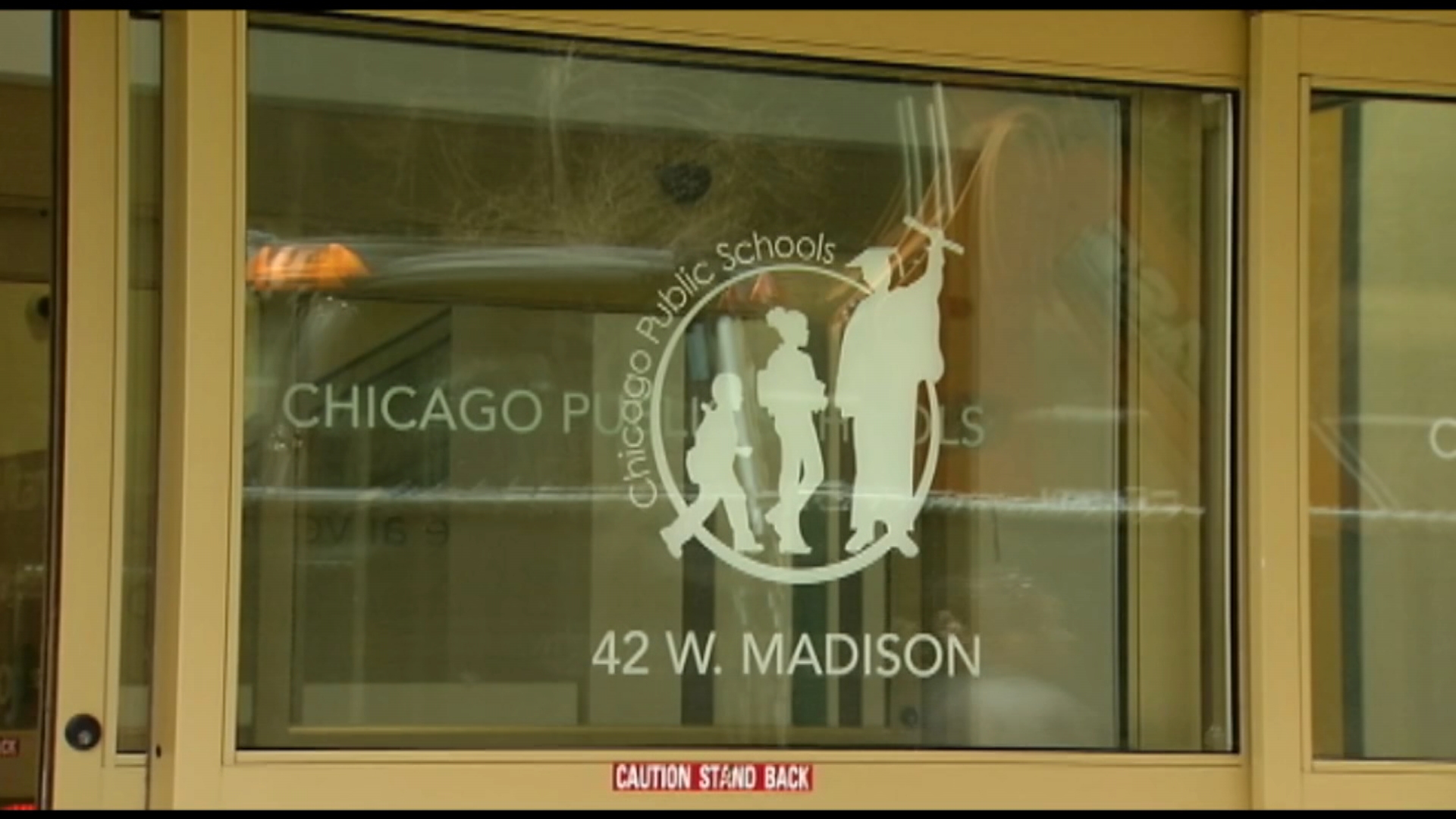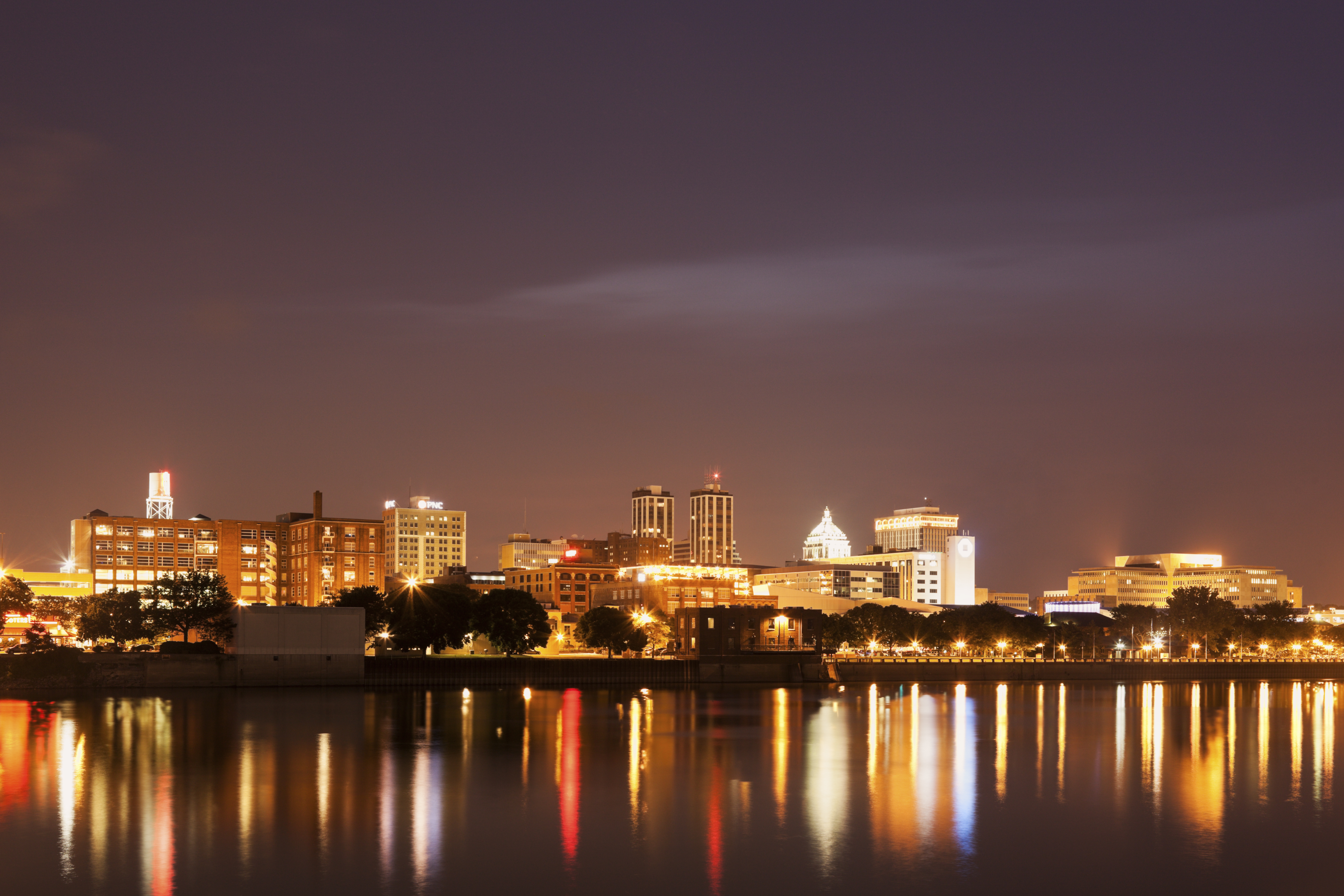What time is the super Harvest Moon partial lunar eclipse Tuesday night?
The Harvest Moon -- the full moon closest to fall equinox -- actually began Monday evening, NBC 5 Meteorologist Alicia Roman said, but Tuesday will actually carry more significance.
That's because the moon will reach peak illumination Tuesday night.
This year's moon is also a Supermoon, meaning it will appear brighter and closer to the Earth -- not to mention it also comes with partial lunar eclipse.
Here's what to know about the Super Harvest Moon Partial Lunar Eclipse.
What time is the eclipse?
The Super Harvest Moon Tuesday comes with a side of a partial lunar eclipse.
Local
During a solar eclipse, the moon travels between the sun and the Earth, blocking out some or most of the sun’s light in a spectacular show.
In a lunar eclipse, the Earth’s shadow obscures the light from the sun as it reflects off the surface of the moon at night.
Feeling out of the loop? We'll catch you up on the Chicago news you need to know. Sign up for the weekly Chicago Catch-Up newsletter.
A total lunar eclipse can sometimes make the moon’s surface take on an eerie red color, but in a partial eclipse, like the one that will occur this week, only a portion of the moon’s surface will be obscured and darkened.
This lunar eclipse is the second and final of the year after a slight darkening in March.
Conditions might be clear enough to view Tuesday's partial lunar eclipse from the Chicago area. That being said, this will not be a remarkable lunar eclipse.
Most of the eclipse will be in the earth’s “penumbra”, or outer shadow, which means the moon will just look slightly darker. The inner shadow, or “umbra”, will create the partial lunar eclipse as it crosses the top right corner of the moon around 9:45 p.m. So if you want a quick glimpse, the best time to take a look will be between 9:40 p.m. and 9:50 p.m. Tuesday.
How can you watch the lunar eclipse?
No special eye protection is needed to view a lunar eclipse. Viewers can stare at the moon with the naked eye or opt for binoculars and telescopes to get a closer look.
To spot the moon’s subtle shrinkage over time, hang outside for a few hours or take multiple peeks over the course of the evening, said KaChun Yu, curator at the Denver Museum of Nature and Science.
“From one minute to the next, you might not see much happening,” Yu said.
What else is special about the full moon this month?
September's full moon was given the name "Harvest Moon" because the bright moonlight would help farmer's harvest their summer-grown crops. The moon has also been called the Full Corn Moon, or the Barley Moon, Roman said.
This year’s Harvest Moon will also be a supermoon; meaning the moon will be closest to Earth in its elliptical orbit. At its peak Tuesday, it will be 222,000 miles away from Earth.
The supermoon is one of three remaining this year.
On the other side of its orbit, the moon is roughly 252,000 miles away.
What about a solar eclipse?
A solar eclipse always follows or precedes a lunar eclipse by two weeks. Many don't realize how common these are because the moon casts only a small shadow on earth that usually only a fraction of the planet gets to see. Lunar eclipses are visible just about everywhere it’s nighttime.
It's worth noting this annual solar eclipse is not a total eclipse like we saw in April earlier this year.
It’s an annular solar eclipse, which means the moon will not entirely block out the sun. This also means there is no safe time to remove solar eclipse glasses; they must stay on the entire time you’re viewing the eclipse.
So where can we see it?
The only state in the U.S. to get a view will be Hawaii. Those in Hawaii will be able to see the beginning of the eclipse as the sun is rising. About half of the sun will be blocked by the moon at its peak from Hawaii. Sunrise time is 6:23 a.m. local time, and the maximum (partial) eclipse seen from Hawaii will be at 6:46 a.m.
The moon will fit inside the sun’s disc completely in a narrow line mostly over the south Pacific Ocean. The annular eclipse does cross over south Chile and Argentina.
When does fall start?
Autumn doesn't start right when the Harvest Moon rises.
At 7:44 a.m. Sept. 22, the autumnal equinox will occur, making the beginning of fall in the Northern Hemisphere.

What and when is Chicagohenge?
You may have heard of the local phenomenon called "Chicagohenge."
According to the Adler Planetarium, the word equinox means equal night — and that night and day are roughly the same amount of time. The sun also sets directly east and west on the equinoxes, the Adler said, resulting in what's known as "Chicagohenge."
“On the equinox, and for a couple of days before and after, the rising and setting Sun is framed by the canyon-like buildings on either side of Chicago’s east-west running streets," the Adler said.
Some popular downtown spots to see the phenomenon include intersections between Kinzie Street and Madison Street, with views looking down Randolph Street north of Millennium Park specifically recommended for September.
Next total eclipse visible from Chicago
We won’t be able to see a total eclipse in the U.S. until 2044 and 2045, and we won’t see a total solar from Chicago until Sept. 14, 2099.
But the next total lunar eclipse, or “blood moon,” visible from Chicago will be the night of March 13-15, 2025. The total eclipse (when the moon turns red) will last nearly an hour, and the eclipse from start to finish will be from around 11 p.m. until 5 a.m.



